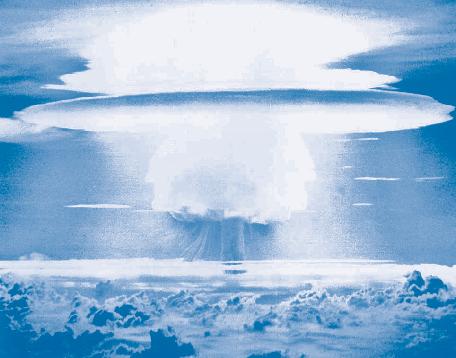Hibakusha: The Resilience of Atomic Bomb Survivors

Introduction
The term ‘Hibakusha’ denotes the survivors of the atomic bombings in Hiroshima and Nagasaki during World War II. The experiences and testimonies of hibakusha are crucial in understanding the profound impacts of nuclear warfare and the importance of peace. As we approach the 78th anniversary of the bombings, their stories remain relevant, serving as a powerful reminder of the human cost of conflict and the urgent need for nuclear disarmament.
Historical Context
On August 6 and 9, 1945, atomic bombs were dropped on the cities of Hiroshima and Nagasaki, leading to unprecedented devastation. Over 200,000 people died either instantly or in the following months due to radiation exposure and injuries. The survivors, known as hibakusha, faced not only physical scars but also long-lasting psychological trauma. Many hibakusha suffer from various illnesses related to radiation exposure, including cancer and chronic health issues.
Current Issues Facing Hibakusha
As of 2023, there are an estimated 120,000 hibakusha remaining, most of whom are now elderly. This group has become increasingly vocal about their experiences, advocating for nuclear disarmament and offering a firsthand account of the horrors of atomic warfare. Recent surveys indicate that many hibakusha face social stigma and a lack of support in managing their health problems. They also carry a profound fear that the catastrophic consequences of nuclear weapons might be forgotten, as younger generations often are unaware of these historical events.
International Commemoration and Advocacy
In response to their plight, various international organisations have rallied to support hibakusha. The Hiroshima and Nagasaki Peace Museums serve not only as memorials but also educational institutions, teaching visitors about the atrocities of nuclear warfare and the resilience of those who survived. Furthermore, hibakusha have participated in global nuclear disarmament discussions, bridging historical experience with present-day advocacy. Recently, the hibakusha’s stories have gained renewed attention at international conferences, influencing policy discussions on nuclear non-proliferation.
Conclusion
The significance of hibakusha extends far beyond their survival; they embody the enduring impact of war on humanity. As the international community confronts the complexities of nuclear capabilities and the possibility of renewed conflict, the voices of hibakusha remind us of the necessity of compassion, understanding, and the commitment to a peaceful future. Their personal testimonies serve as a powerful call to action, urging us to strive for a world without nuclear weapons, ensuring that the lessons learned from the past guide our path forward.









